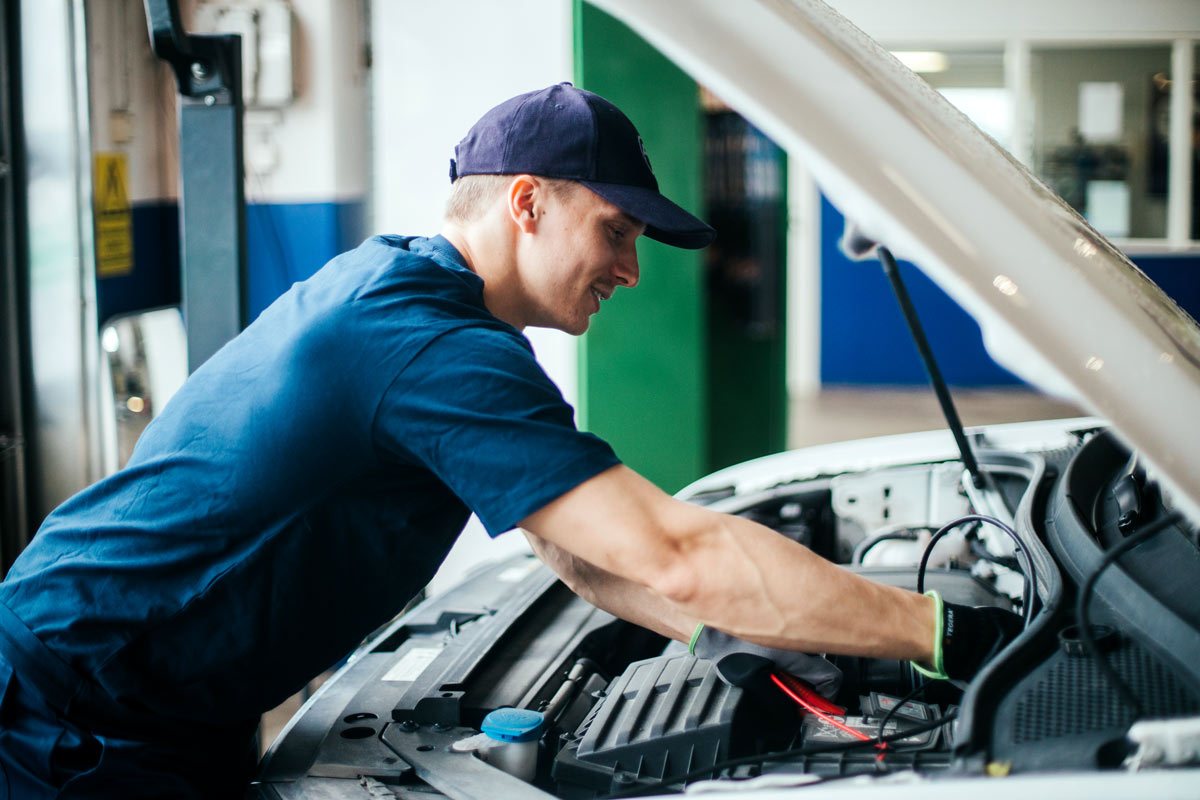Know what you are buying. Know what you are selling.
A-Katsastus’ Autotohtori vehicle condition inspection is a thorough assessment carried out by an expert. Both the buyer and the seller of the car can trust an impartial expert. Make an appointment to the Autotohtori service via the vehicle inspection appointment booking.

Over 100 details about the vehicle are inspected during the comprehensive Autotohtori vehicle inspection
All inspected details are assessed on a scale of:
In order
Satisfactory condition
In need of repair
Details will be documented in the Autotohtori report, i.e. the inspection report, which you will receive immediately after the inspection or by e-mail. You can discuss the current state and future of your car with the Autotohtori inspector. You’ll get the best advice and tips while you’re at it.
Measures
If you wish, you can be accompanied by an impartial professional to follow the inspection step by step.
Vehicle identification
During an inspection, the vehicle is identified to make sure the vehicle is the one it is supposed to be. The authenticity of the VIN is determined by comparing it with the number on the registration certificate. It is ensured that the car fully matches the information in the registration certificate and that all required documents are found.
Engine
During the inspection, attention is paid to aspects that affect functionality, such as engine starting and running. The charging voltage and the frost resistance of the coolant are measured. Oil leakage, cooling and heating system fluid leakage and fuel leakage are checked. The operation of the air-conditioning system compressor is checked. The engine running sounds and functionality are checked during a test drive.
Environmental damage
The inspection examines whether the vehicle is causing environmental damage that is not in accordance with the regulations. Exhaust emissions of petrol and diesel engines are measured, and the petrol engine emission control system (OBD) is tested. Oil, fluid and fuel leaks are checked.
Braking systems
During the inspection, it is checked whether the service and parking braking systems of the vehicle are safe. The braking system is tested with a test load and the braking forces measured with a brake dynamometer. The condition of the components of the brake system, such as brake pads and discs, brake pipes and hoses, are checked. The boiling point of the brake fluid is measured to determine the water content of the brake fluid. The braking system is checked for fluid leaks.
Transmission gear
The inspection checks that the transmission gear is in good condition. The condition and functionality of the gearbox, drive gear, clutch and drive and swivel axles are checked during a test drive. The transmission gear is checked for oil leaks.
Axles, wheels and suspension
The inspection examines the operation and condition of the axle system, wheels and suspension. The condition of the front and rear axles and suspension is checked during a test drive. In addition, the condition of the shock absorbers is assessed with a testing device. The tread depths of the tyres are measured, and the condition of the wheels is checked.
Steering equipment
During the inspection, the function and condition of the steering equipment is checked. The steering gear, power steering, steering rods and joints and protective rubbers are checked. The steering equipment is checked for fluid leaks.
Chassis and bodywork
The inspection examines the condition of the chassis and bodywork. The general condition of the chassis and body as well as the condition of the chassis protection are assessed. Any damage to the body and chassis caused by rust, collision, exhaust piping and the mechanical condition of the catalytic converter are checked. Door and hatch locks and hinges, fuel tank and fuel pipes are checked. Fuel leaks are checked.
Lamps and electrical equipment
The inspection checks whether the lights and electrical equipment are in proper condition. The functionality of all lights, the condition of reflectors and glasses, the orientation of the lights and their compliance with the regulations are checked. The attachment of the battery and the battery cables and the operation of the audible warning device are checked.
Controllability, controls and interior
The inspection examines the driveability of the vehicle, how its controls operate and the condition of the vehicle interior. The driving behaviour of the vehicle and the condition of the clutch, gearbox, driving gear, drive shafts and pivot shafts are evaluated during a test drive. The heating, air-conditioning and de-misting equipment and the windscreen cleaning equipment are checked. The condition of the windscreen and other glass surfaces and mirrors are checked. The controls, signal lights and indicators as well as the instrument cluster are checked.
Other equipment and accessories
The inspection also examines the condition of other devices and equipment that affect the safety and function of the vehicle. Among other things, the condition, attachment and compliance of the seat belts, safety equipment (where applicable), steering and gear lock, warning triangle and towing hook are checked.
Knowing there wasn't going to be be any immediate repairs settled the deal.– Man, Helsinki